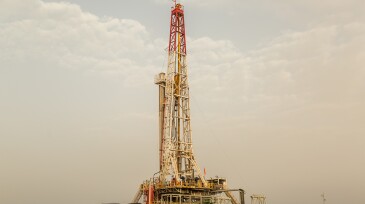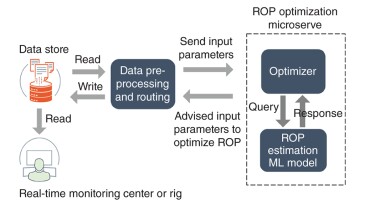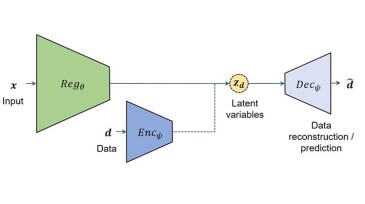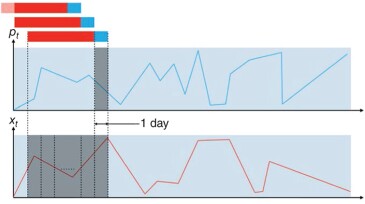neural networks
-
This paper presents an approach using artificial neural networks to predict the discharge pressure of electrical submersible pumps.
-
The authors of this paper describe a procedure that enables fast reconstruction of the entire production data set with multiple missing sections in different variables.
-
This paper presents a physics-assisted deep-learning model to facilitate transfer learning in unconventional reservoirs by integrating the complementary strengths of physics-based and data-driven predictive models.
-
This article presents a deep-learning approach, the long short-term memory network, for adaptive hydrocarbon production forecasting that takes historical operational and production information as input sequences to predict oil production as a function of operational plans.
-
This paper presents an artificial intelligence algorithm called dual heuristic dynamic programming that can be used to solve petroleum optimization-control problems.
-
The authors of this paper discuss a global rate-of-penetration machine-learning model with the potential to eliminate learning curves and reduce time and costs associated with developing a new model for every field.
-
The authors discuss the development of a deep-learning model to identify errors in simulation-based performance prediction in unconventional reservoirs.
-
The authors of this paper propose a novel approach to data-driven modeling for transient production of oil wells.
-
This paper presents a physics-informed neural network technique able to use information from fluid-flow physics as well as observed data to model the Buckley-Leverett problem.
-
The authors develop a methodology that calculates the mechanical specific energy using real-time drillstring acceleration signals directly.










